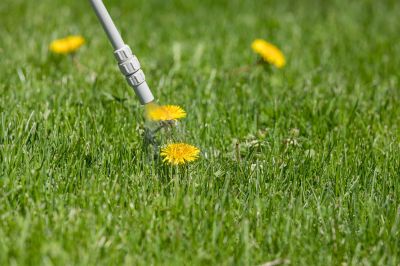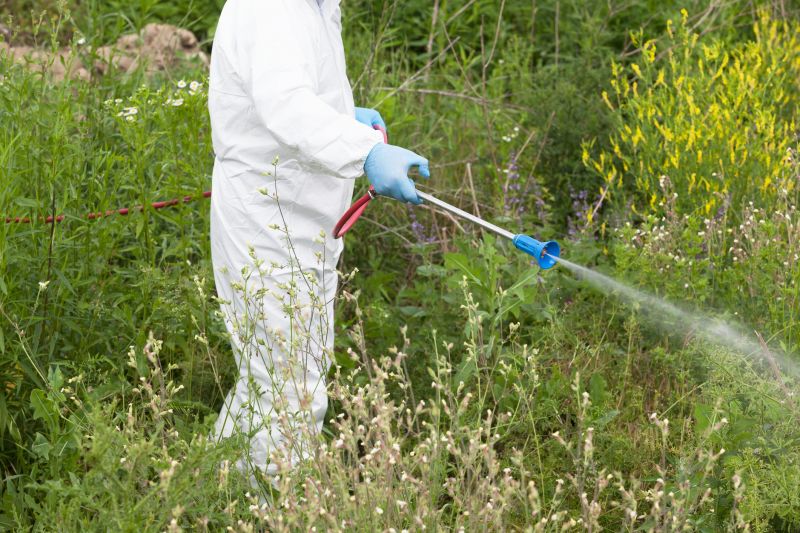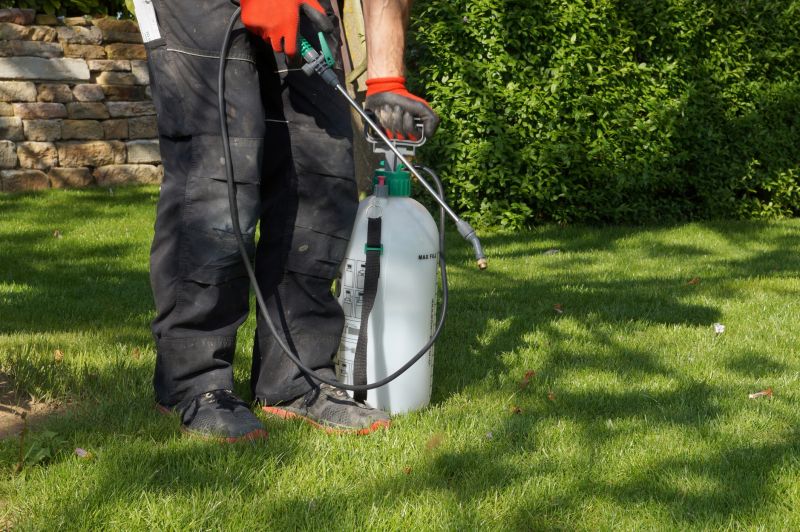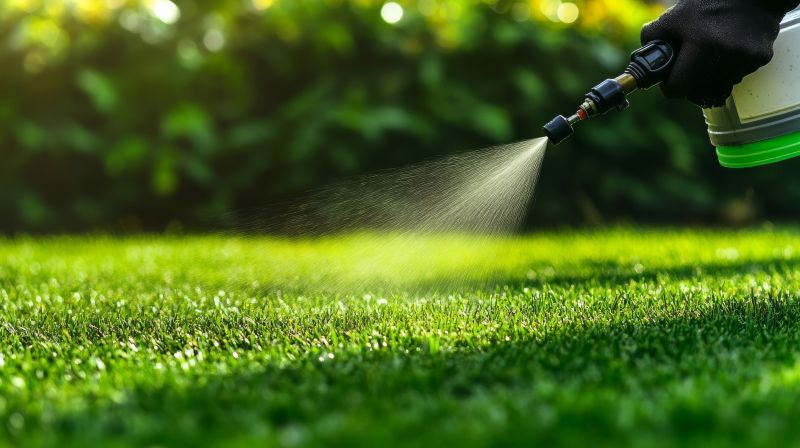Optimal Timing for Weed Sprayings
Determining the optimal time for weed sprayings is essential for effective weed management. The timing depends on weed growth stages, weather conditions, and specific weed species. Proper timing ensures maximum absorption and control, reducing the need for repeat applications.
Applying weed sprayings in early spring targets young weeds before they establish deep roots, increasing effectiveness.
This period is ideal for targeting actively growing weeds, especially before flowering begins.
Spraying after weeds have germinated but before they mature can prevent seed production and spread.
Optimal conditions include dry, calm days to prevent drift and ensure proper absorption.

Effective application techniques for weed control.

Identifying optimal weed growth stages for spraying.

Proper equipment for uniform application.

Ideal weather for effective weed control.

Monitoring the treated area for weed control results.

Different stages of weed development relevant to spraying timing.

Various spray equipment options.

Suggested weed spraying schedule.

Tools for checking optimal spraying conditions.
| Timing Period | Recommended Actions |
|---|---|
| Early Spring | Apply weed sprayings before weeds establish deep roots. |
| Late Spring | Target actively growing weeds prior to flowering. |
| Early Summer | Treat weeds before seed production begins. |
| Post-Germination | Spray after weeds germinate but before they mature. |
| Weather Conditions | Choose dry, calm days for application. |
| Pre-Rainfall | Avoid spraying immediately before rainfall. |
| Weed Growth Stage | Identify weed development for optimal timing. |
| Seasonal Window | Align spraying with weed life cycles for maximum control. |
Effective weed sprayings require careful timing aligned with weed growth stages and environmental conditions. Proper timing maximizes herbicide absorption, reduces the need for multiple treatments, and minimizes chemical runoff. Regular monitoring of weather forecasts and weed development stages can help determine the best periods for application.
Statistics indicate that early interventions during weed seedling stages can reduce subsequent weed populations by up to 80%. Delayed spraying often results in increased chemical use and less effective control. Proper timing also contributes to healthier landscapes and reduces long-term weed management costs.



